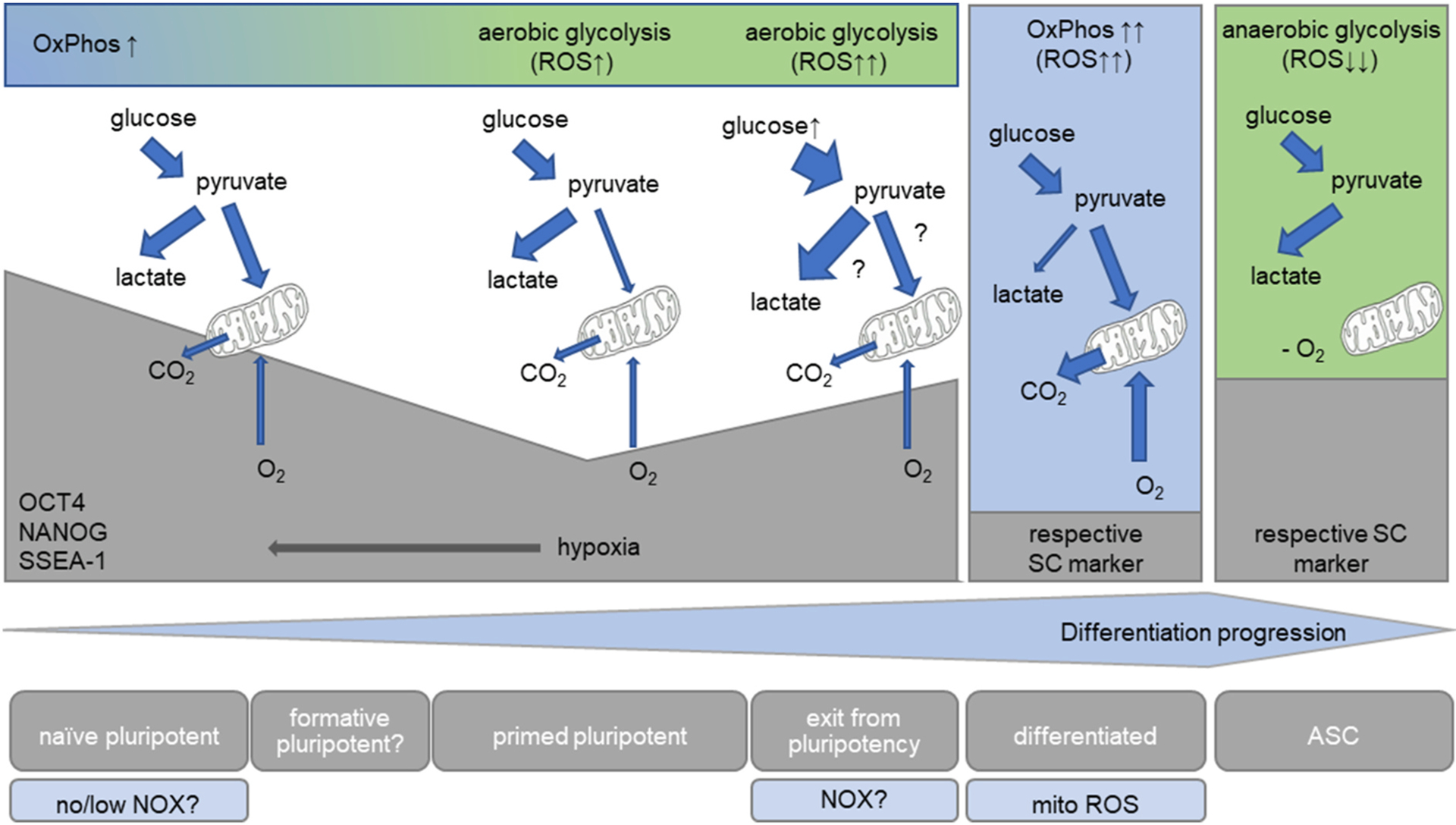Fig. 2. Energy metabolism and stem cell fate.

Since they are located in hypoxic niches, ASCs conduct glycolysis in the absence of oxygen, which seems to contribute to their self-renewal and potency. In contrast, differentiated cells primarily use OxPhos, a process which generates mitochondrial ROS (by means outlined in the main text), suggesting that an increase in ROS may contribute to the loss of stemness and could be necessary for differentiation. Primed PSCs, in turn, have oxygen at their disposal, but still prefer glycolysis, which, compared to differentiated cells, keeps ROS levels low. This contrasts with naïve pluripotent cells: both mitochondrial respiration and glycolysis generate ATP. Due to the lower numbers of mitochondria found in PSCs compared to differentiated cells, ROS may originate from NADPH oxidases. In serum + LIF cultured murine ESCs, which represent a mixed population of primed and naïve pluripotent cells, glucose stress increases the available pyruvate, which either may be converted into lactate or fed into the mitochondria. The glucose-induced increase in O2•− may thus either result from NOXs or might be mitochondria-mediated. Similar to ASCs, an increase in ROS seems associated with a deviation form the stem cell state. For details see the text. ASC, adult stem cell; NOX, NADPH oxidase; OxPhos, oxidative phosphorylation; ROS, reactive oxygen species; SC, stem cell.
